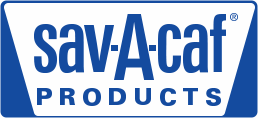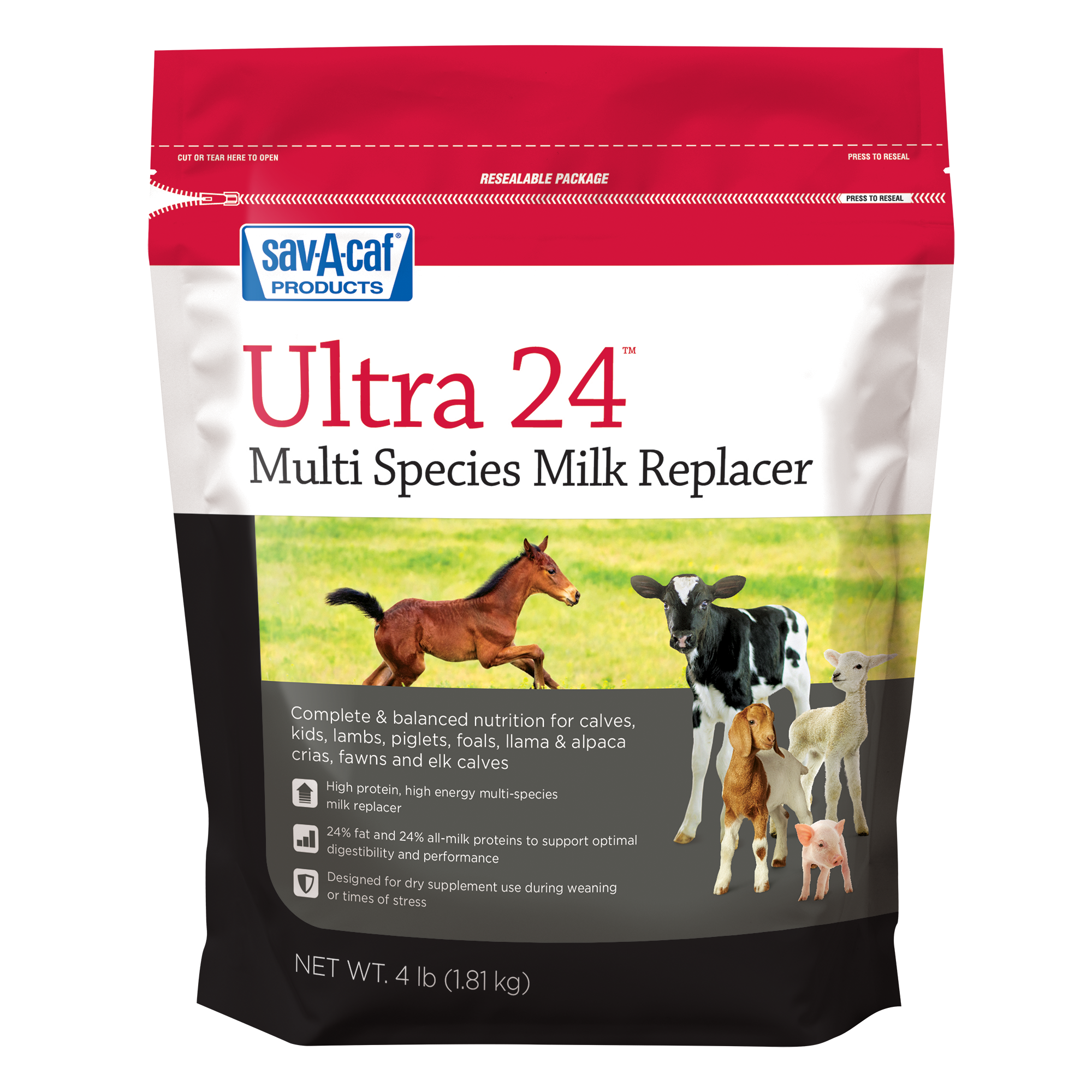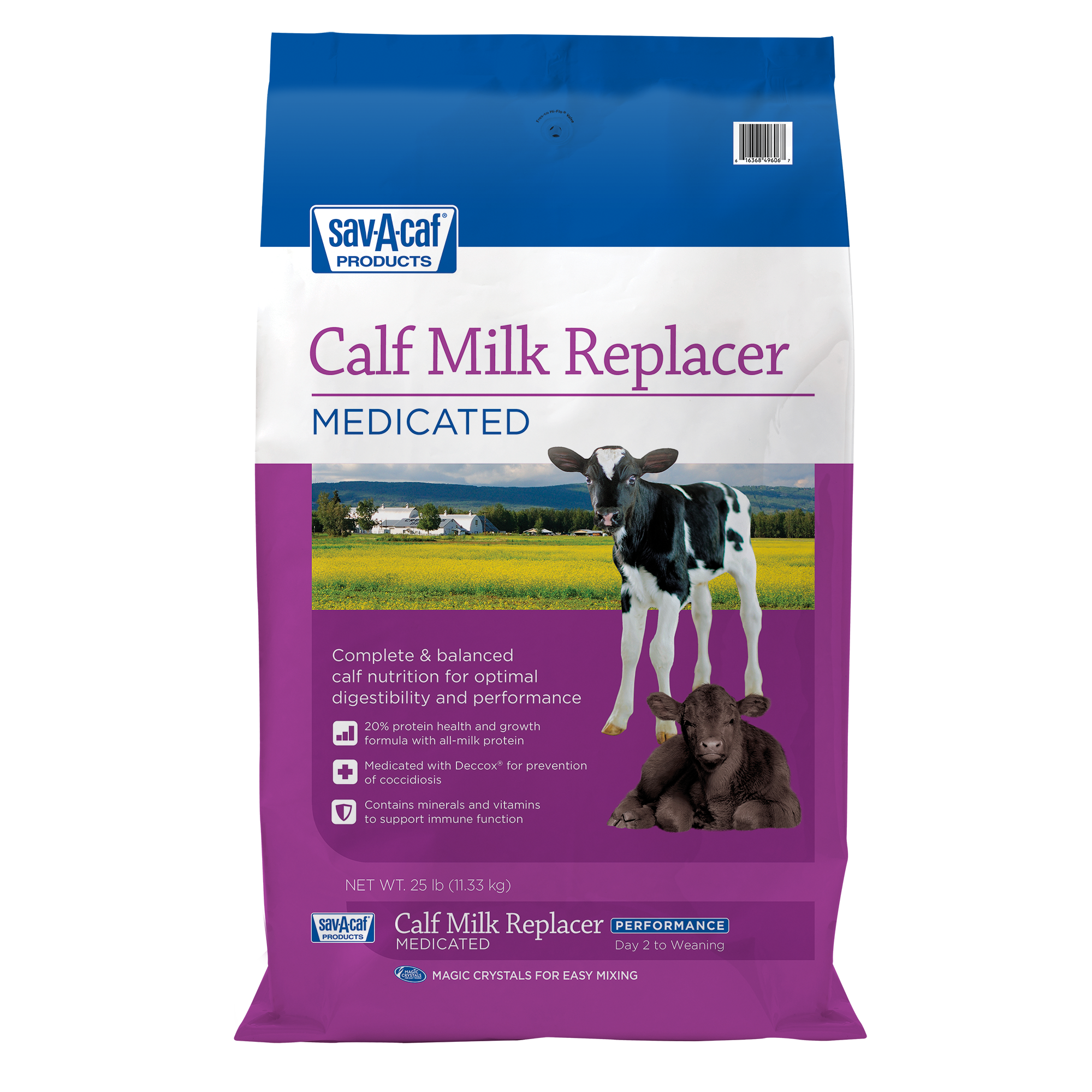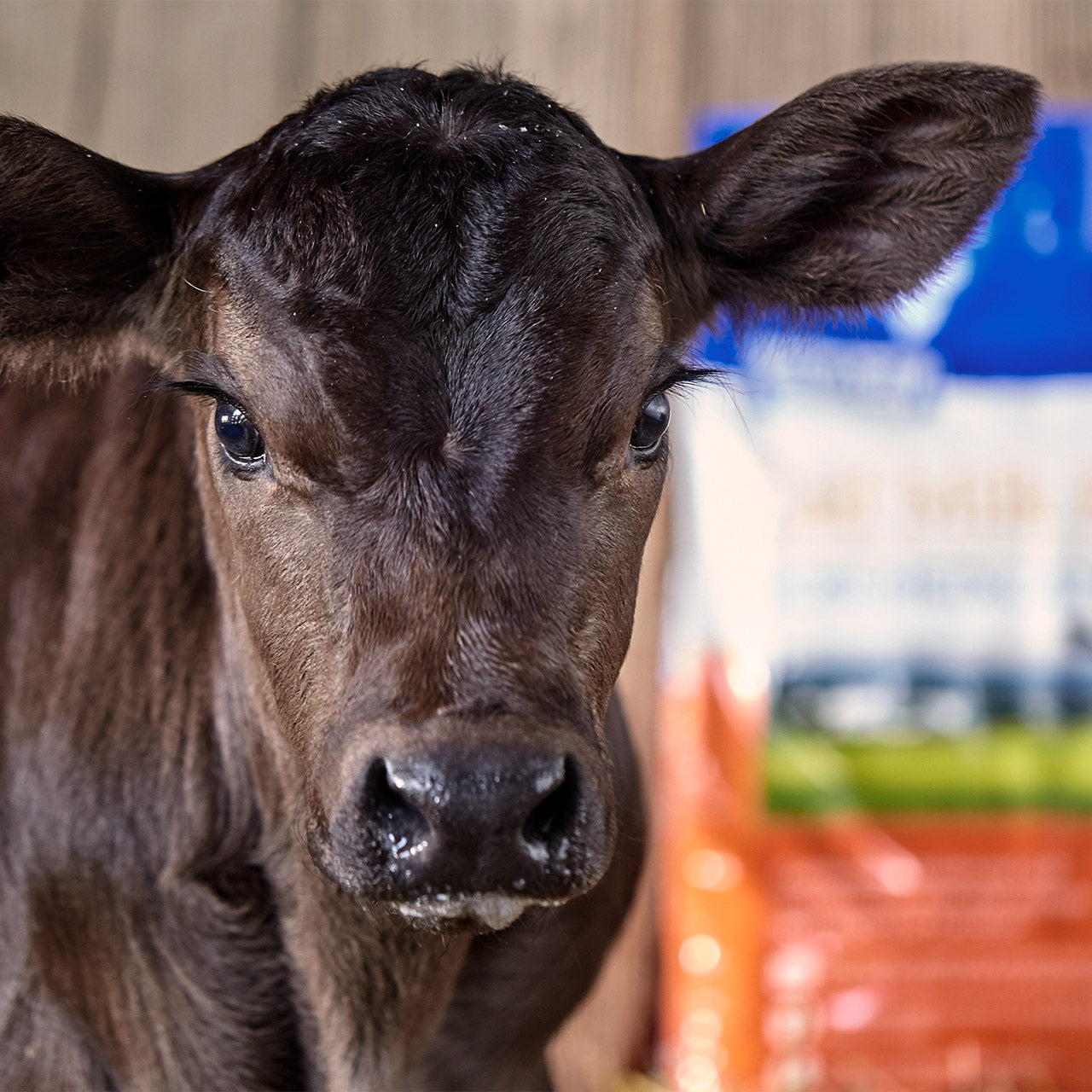
Milk replacer labels 101
Milk replacers come in a variety of formulations from a variety of manufacturers. With so many different products available, it’s important to know what you’re buying.
The milk replacer you choose should fit your feeding program and help achieve your calf growth goals.
Every milk replacer label will contain a list of the following:
Active drug ingredients
Medications added to milk replacer to treat or control disease will be listed first.
Implementation of the Veterinary Feed Directive (VFD) has changed the way two antibiotics – neomycin and oxytetracycline – can be used. Both antibiotics, commonly added to milk replacer before the VFD, can no longer be added to milk replacer for growth promotion. These antibiotics can still be used for treatment and control but medicated milk replacer products require a VFD order issued by your veterinarian.
Other animal health additives will also be listed in this section, such as decoquinate or lasalocid to control coccidiosis and feed-through larvicides to control flies.
Guaranteed analysis
This section provides a nutritional breakdown of the contents.
Crude protein and crude fat will be listed first and are often used to describe a milk replacer’s formulation. The first number listed represents protein and the second represents fat. For example, a 22:20 milk replacer would contain 22% crude protein and 20% crude fat.
Next on the list is crude fiber, which will vary depending on the protein source. Crude fiber above 0.15% indicates a plant protein source. This value should prompt you to review the ingredient list for the presence of plant proteins, which would provide you with the assurance you’re buying what you intended. For example, you might check this number to compare an all-milk product to one with a soy ingredient.
Calcium, listed as both minimum and maximum contents, and phosphorus, listed as minimum contents only, will be next and occasionally followed by ash and moisture content. Typical calcium values have a 0.75% minimum and 1.25% maximum with a phosphorus minimum of 0.7%.
Ash level indicates the amount of mineral in the product. This level will vary based on the cumulative mineral content of the ingredients in the milk replacer. Ash content is typically between 7% and 12% in milk replacers. Products at the higher end of this range are not detrimental to calves since they are made with ingredients that are higher in natural ash content.
Moisture content in milk replacer varies from about 2.5% to 7% and should be closely monitored as it could represent wasted resources. If a product is higher in moisture, you could be paying for added water. For example, a bag of milk replacer with 7% moisture has 4% less dry matter than a bag with 3% moisture. That’s 2 pounds less dry matter and nutritional value in a 50-pound bag of milk replacer.
Vitamins A, D3 and E round out the list. Additional B-complex vitamins are important for animal health and growth.
Ingredients
Ingredients will typically be listed in descending order according to how much of each ingredient is included in the formulation. However, there may be exceptions to this rule. For example, if a tag shows dried whey as the first ingredient, the current formulation may show dried whey protein concentrate will be a more cost-effective ingredient. In this case, dried whey protein concentrate may be included at a slightly higher inclusion than skim milk but will not be reflective of the rule for listing ingredients in descending order. This change would not affect the overall nutrition for the animal but will create a better value for you.
The primary components of the ingredients list are protein and fat sources. Common sources of protein in “all-milk” milk replacer formulations include whey products and derivatives, skim milk, casein and sodium or calcium caseinate. Alternative proteins include soy products, animal plasma protein, egg protein and wheat or gluten isolate protein.
Typical fat sources used in milk replacers include whole milk fat, lard, choice white grease and soy, palm or coconut oil.
Further down the list are vitamin and mineral supplements, preservatives and flavors. Be sure trace minerals and B-complex vitamins are included.
Now that you know how to decipher the product label, let’s dig into your options. Find the perfect, high-quality milk replacer for your animal.
Find Solutions for Your Animals
-
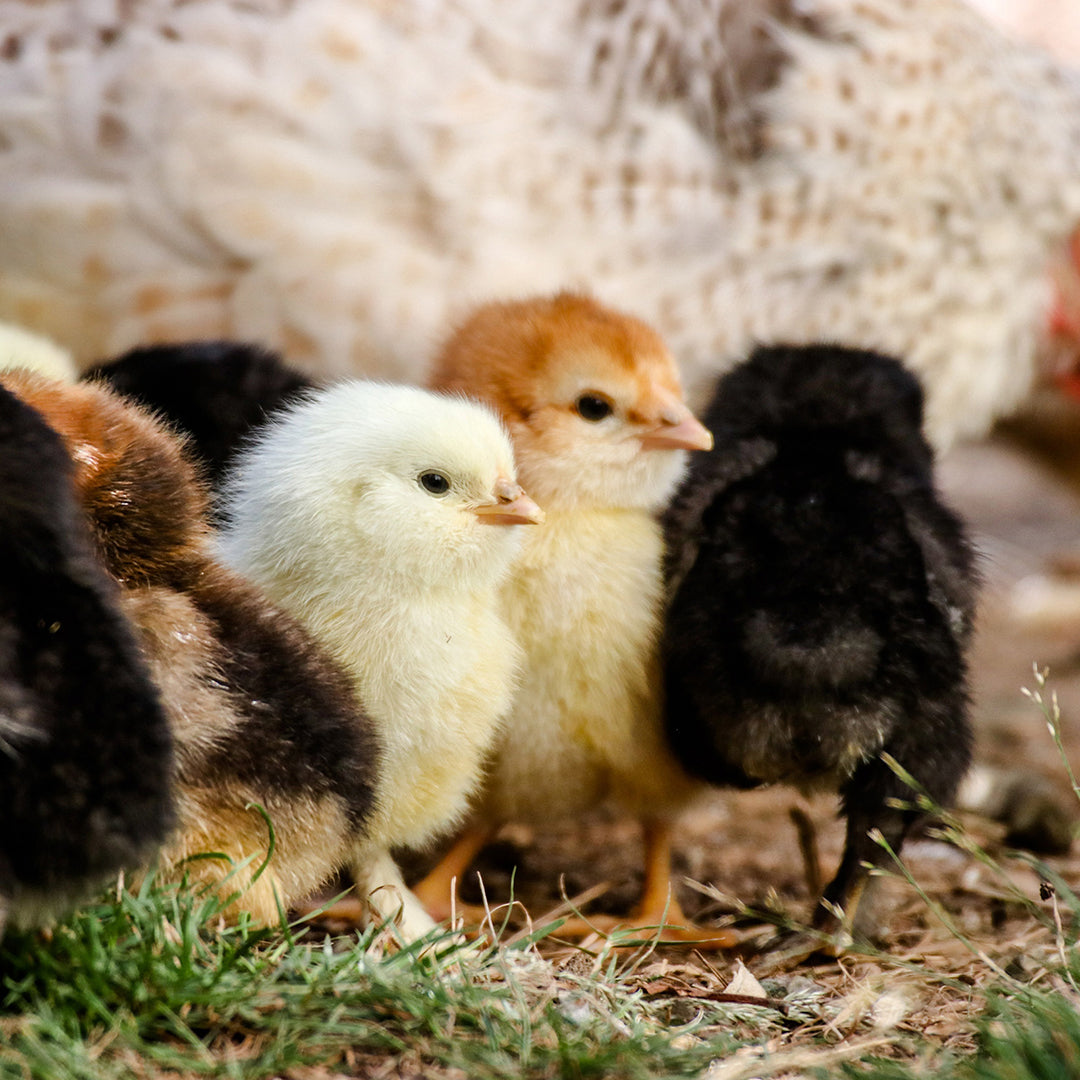
January 11, 2022
Whether housed in a coop or free ranging on your farm, your birds are exposed to multiple threats every day that could cause illness or impact their well-being. Now there’s a way to be more proactive with regular support for...
-
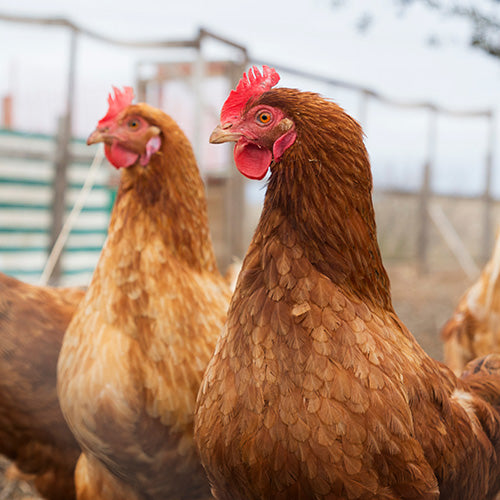
April 6, 2022
You’ve raised your chicks to adulthood and now they’re fully feathered hens. Way to go! Now, you get to enjoy their eggs and companionship for years to come. To maximize their life, support their production potential and kee...
